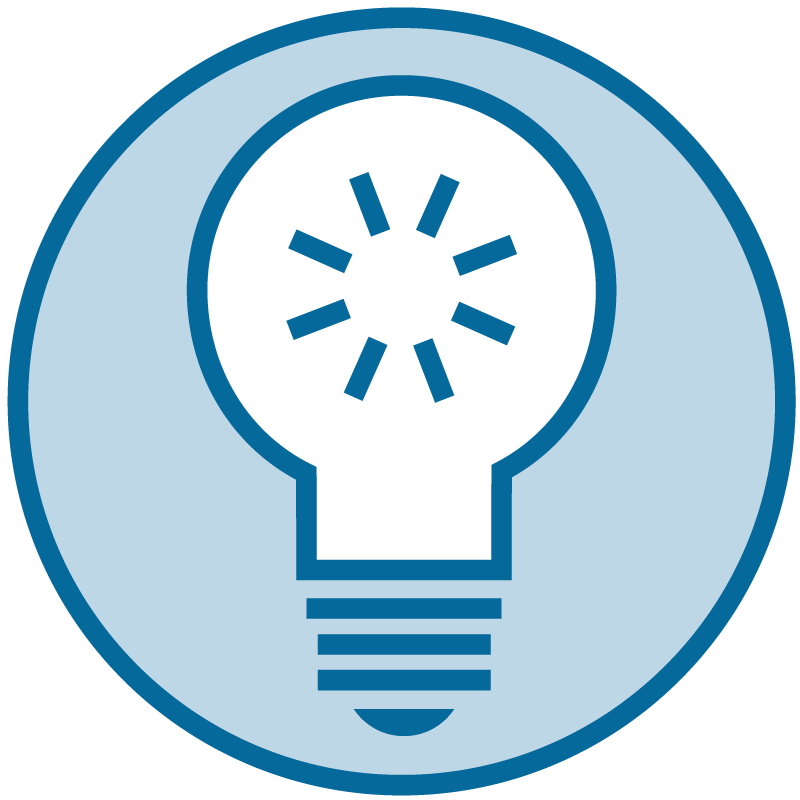CHRIST-CENTERED BIBLE STUDY
Lesson 1: Understanding the Redemptive Focus of Scripture
- To serve as a collection of ethical and moral directives from God.
- To learn about God and the Christian story.
- To inspire and encourage.
- To give a road map for life.
All of these answers have a valid point. But to read the Bible only in these ways reduces it to dance steps - the do's and don'ts of the Christian life - or mere information. And that misses the melody entirely.
To hear the music of the gospel you need to understand how God intends Scripture to function in your life.
 Big Idea: God means Scripture to have two redemptive purposes:
Big Idea: God means Scripture to have two redemptive purposes:
To expose spiritual brokenness
Spiritual brokenness is the result of Adam and Eve's rebellion against God in the Garden of Eden. Ever since, sin has disabled and interrupted the peace and wholeness God intended, resulting in brokenness in nature, in ourselves, with others and with God.
Let's see how the writer of Hebrews reveals the first purpose of Scripture:
For the word of God is living and active, sharper than any two-edged sword, piercing to the division of soul and of spirit, of joints and of marrow, and discerning the thoughts and intentions of the heart. And no creature is hidden from His sight, but all are naked and exposed to the eyes of Him to whom we must give account. Hebrews 4:12,13
Scripture is alive and active, sharp, piercing and discerning. It's like a two-edged sword. This means that when we read, there is the supernatural ability for it to touch and transform our hearts, not just fill our minds with more information.
We appear naked and exposed, uncovered and laid bare before Him; God sees and knows everything about us.
First, the Bible is designed to expose the sinful condition of your heart, not merely to prescribe a new behavior.
To point you to Jesus, the Savior
Scripture draws attention to Jesus as the only one who can redeem our sin, reconcile our relationships and restore all that is broken. He alone makes all things new. We cannot save ourselves; we need a Savior.
Next, let's see how the writer of Hebrews reveals the second purpose of Scripture:
Since then we have a great high priest who has passed through the heavens, Jesus, the Son of God, let us hold fast our confession. For we do not have a high priest who is unable to sympathize with our weaknesses, but one who in every respect has been tempted as we are, yet without sin. Let us then with confidence draw near to the throne of grace, that we may receive mercy and find grace to help in time of need. Hebrews 4:14-16.
Christ is our great high priest. He is Jesus, the Son of God. He can sympathize with our weaknesses. He was tempted, but He never sinned. We can draw near to Him with confidence. He'll give us mercy and grace when we need it.
Second, the Bible points your heart to the Savior. Christ is the remedy for your sin and brokenness, not corrective dance steps.
 Reflect
Reflect
How do you react to these two new thoughts?
- Scripture is designed to expose the sinful condition of our heart.
- Scripture does not point us toward a program of behavior modification, but instead to a person.
 Take a Step
Take a Step
Read Luke 10:38-42, and ask yourself these questions:
Now as they went on their way, Jesus entered a village. And a woman named Martha welcomed Him into her house. And she had a sister called Mary, who sat at the Lord's feet and listened to His teaching. But Martha was distracted with much serving. And she went up to Him and said, ‘Lord, do you not care that my sister has left me to serve alone? Tell her then to help me.’ But the Lord answered her, ‘Martha, Martha, you are anxious and troubled about many things, but one thing is necessary. Mary has chosen the good portion, which will not be taken away from her.
What brokenness or sin do you see in this passage?
How does this point to Christ and your need for Him?
Where is there brokenness or sin? Martha's busyness as a distraction (v. 40), her complaining (v. 40) and her being anxious and troubled (v. 41) are all examples of sin and brokenness shown in this passage.
How does this point to Christ and our need for Him? Jesus says that only "one thing" is necessary, and Mary has chosen it (v. 42)—Mary sat at the Lord's feet and listened to His teaching.
A dance-steps approach to making application might be to decide to stop complaining or stop being so busy and instead spend all of our time in spiritual activity like Mary was doing. The music-of-the-gospel approach looks instead at the heart motivation. Martha's heart was distracted from the "one thing,"—Jesus—and that's what led to her complaining. Mary's heart was devoted to Christ. The point of the passage isn’t about sitting versus serving; Jesus is the proper object of and the perfect provision for our heart’s devotion.
 What's Next:
What's Next:
The next two lessons teach you how to change your Bible reading approach from asking, “What should I do?” to asking, “What does this reveal about my brokenness that requires the redemptive work of Christ?”
